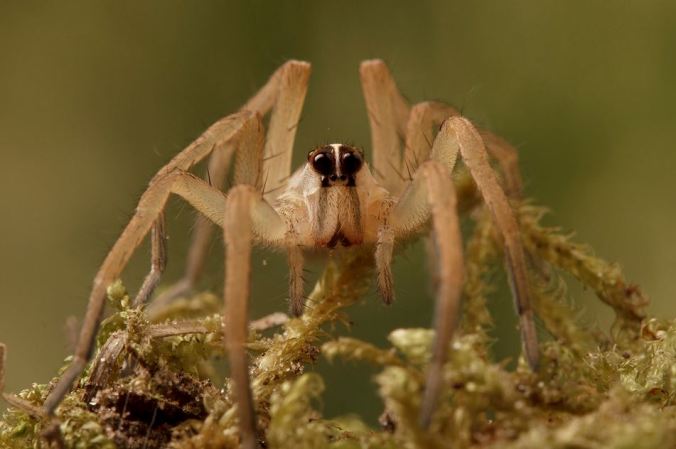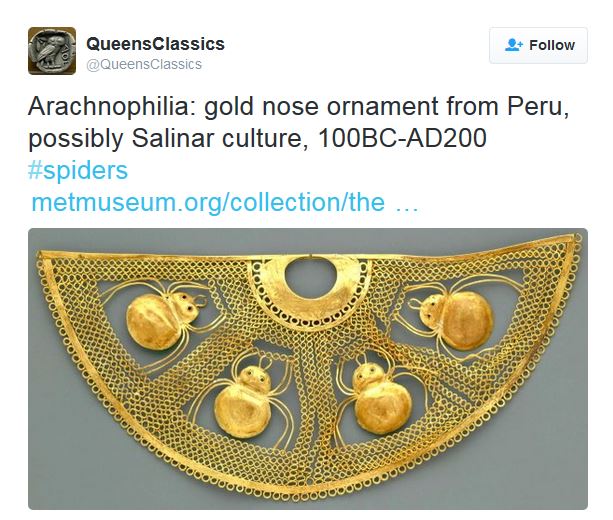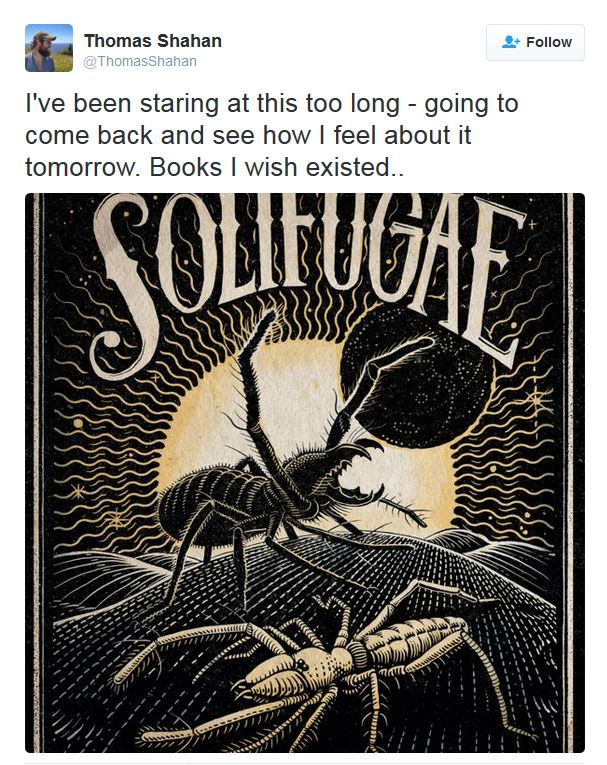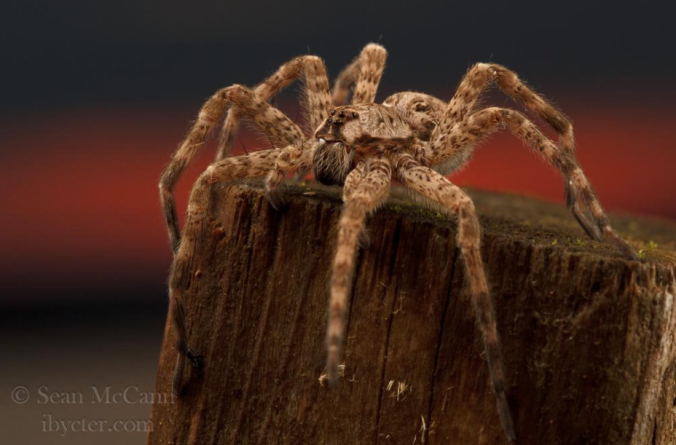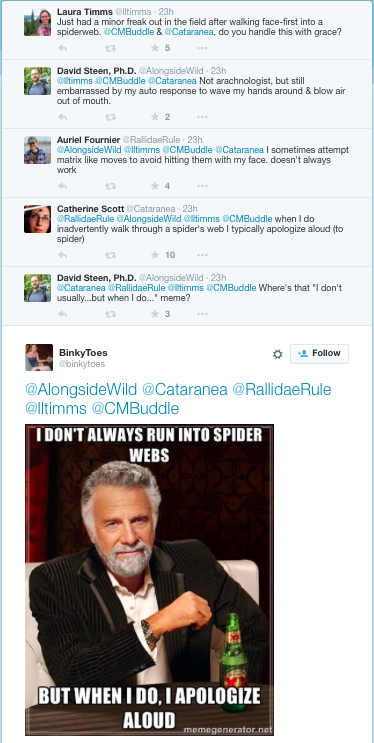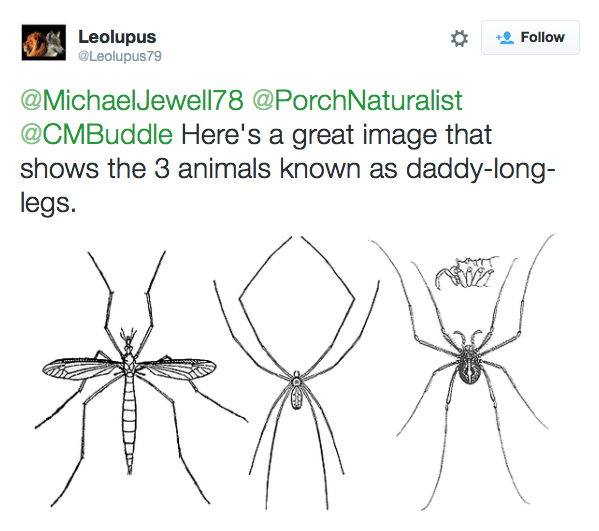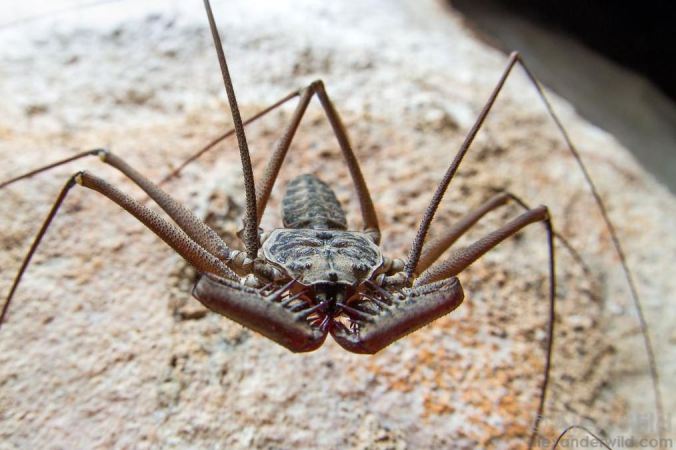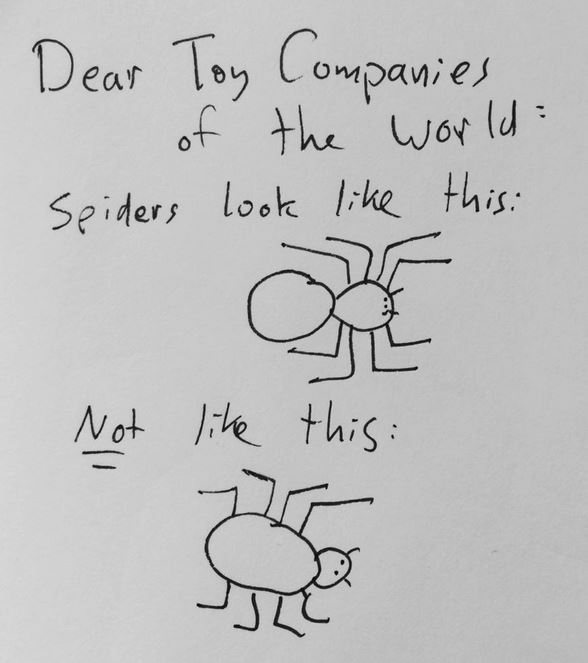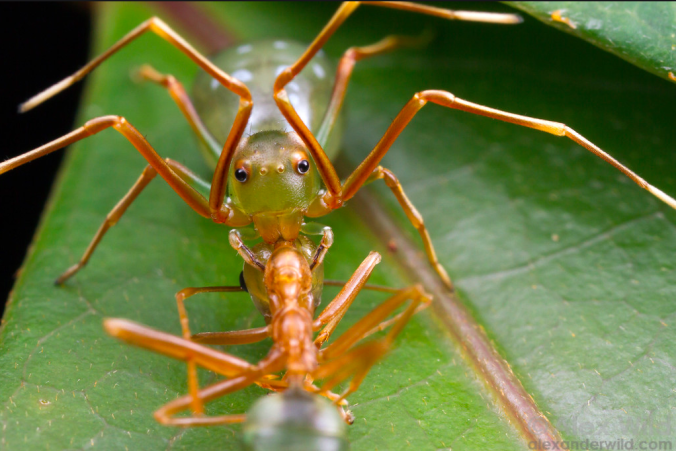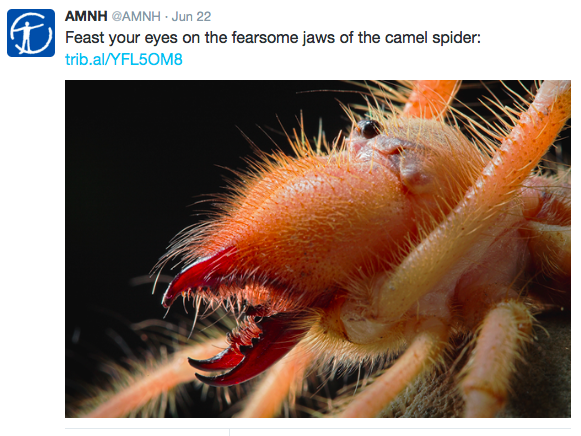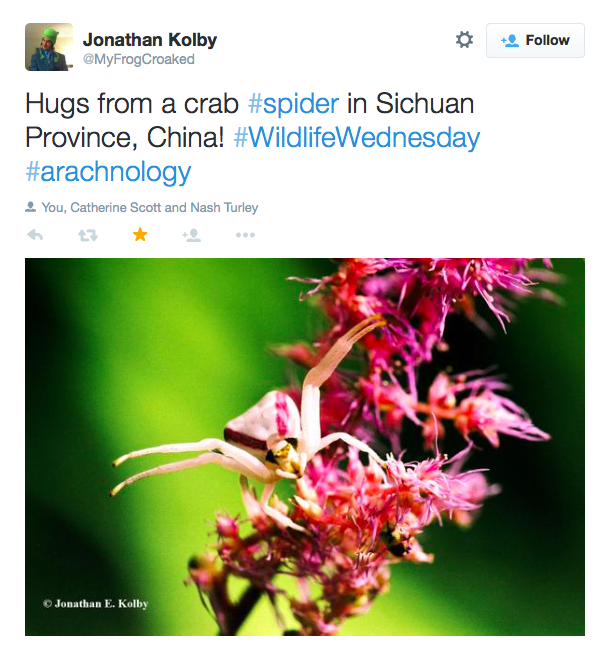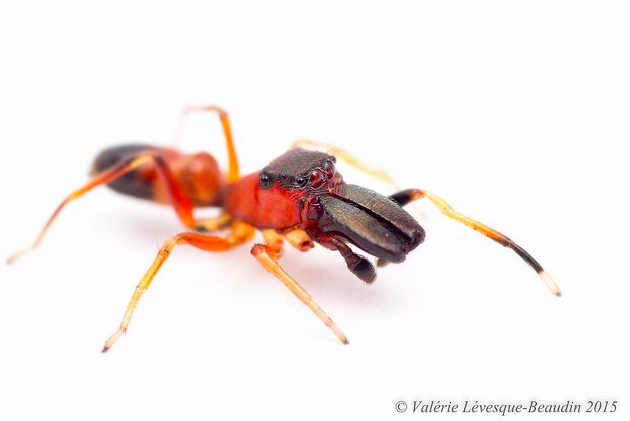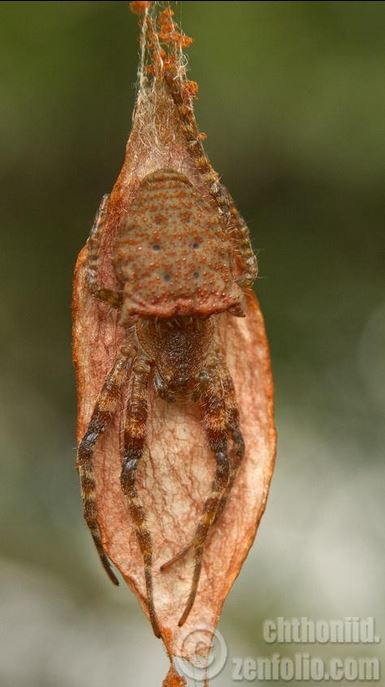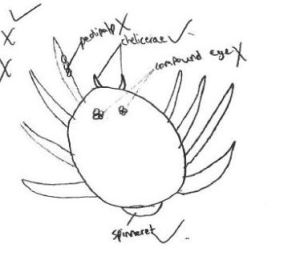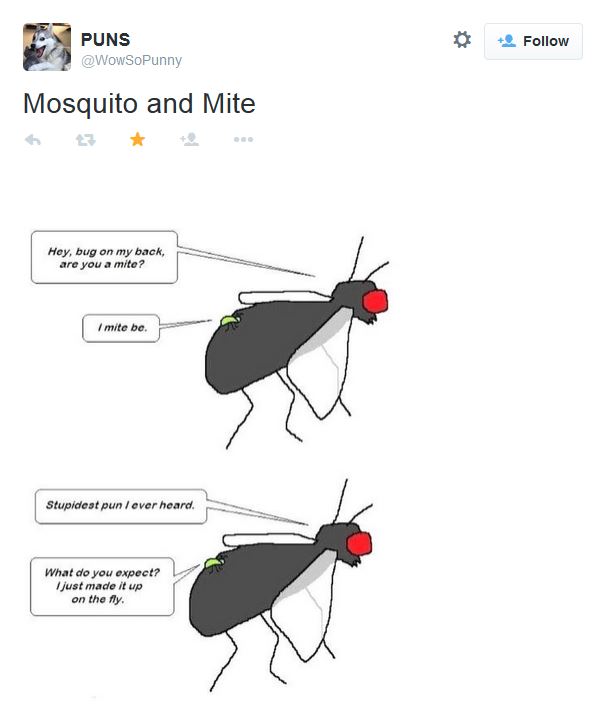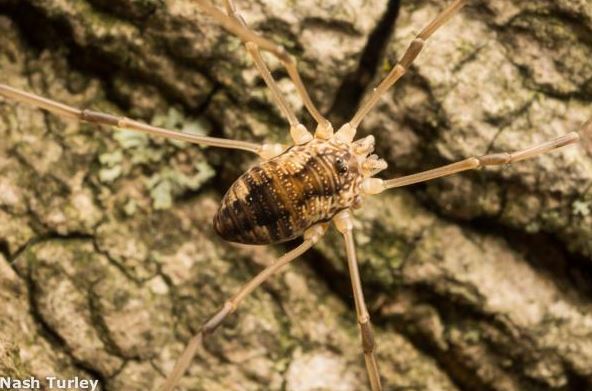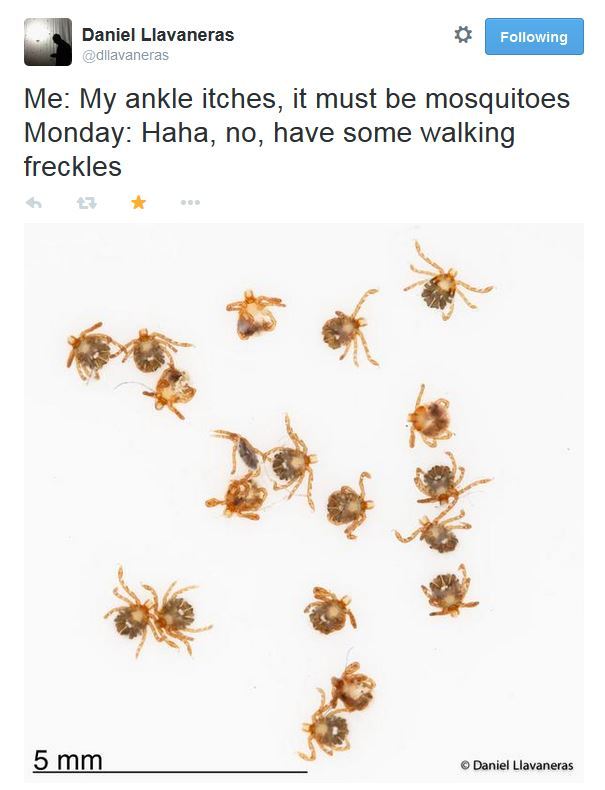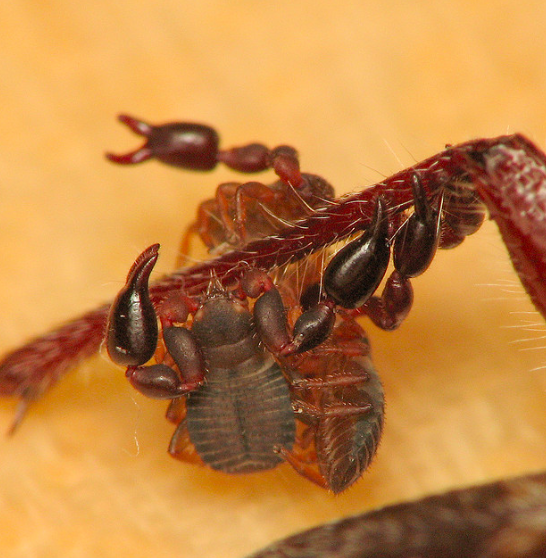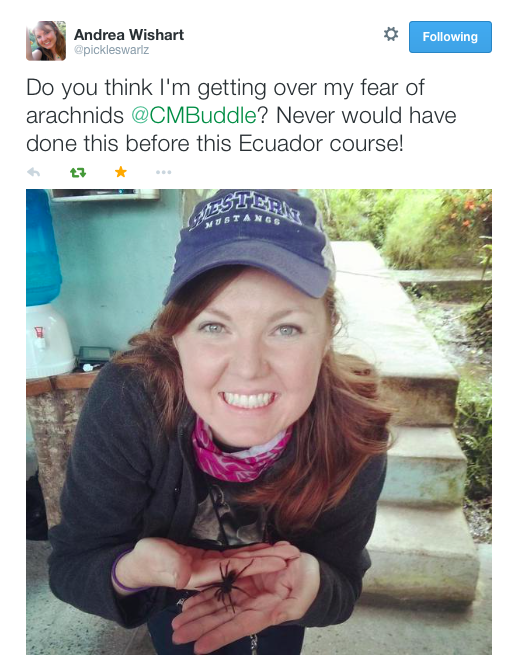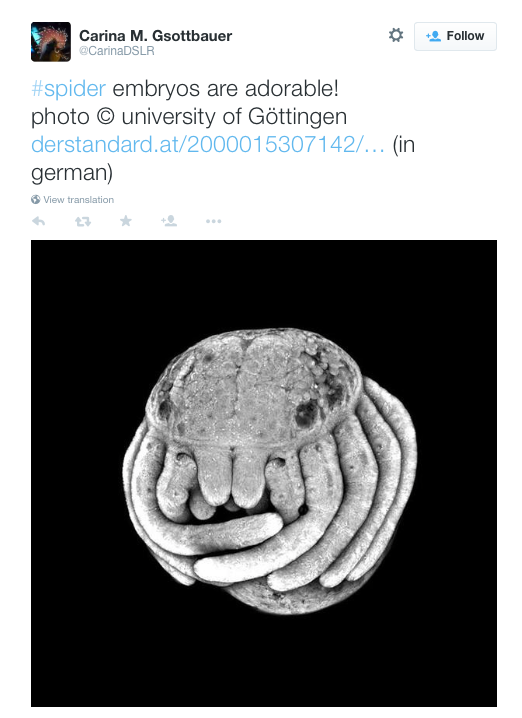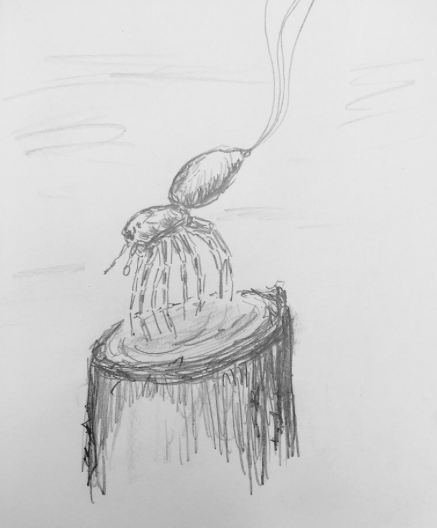Finally, SPIDERDAY is back! (Sorry about the delay - it’s been a busy term, so I’ve not been able to keep up on the blogging). Here are some Arachnid-themed stories pulled from the web over the past month or so:

Two of my favourite Arachnologists (Sean and Catherine) have been on a great SPIDER TRIP adventure! This is one of the species they stumbled across in Texas. Yes, it’s a brown recluse (photo by S. McCann). Check out more photos from their adventure, here.
- Tiny spiders with amazing trap-jaws. Wow. This is my Read-View of the month.
- From aquatic systems to spiders: mercury heads up the food chain.
- Great photos of jumping spiders. It’s too bad the article title uses the word “Monsters”. These are not monsters.. they are beautiful animals.
- Old goodies: a 305-million-year-old “almost” spiders is discovered and this is an important discovery. Here’s another take on that discovery.
- Spider sex with a Nursery web spider.
- Arachnophiles Rejoice! So many spiders in Australia!
- Growing spider venom on yeast: no spider required.
- More biotech related to spiders: spider toxin analogue may help relieve pain.
- Orchid mantis and jumping spider: a neat video for you.
- A spider named Brian takes centre-stage at a world science festival.
- For taxonomy enthusiasts: SURPRISE! A new spider species - and its name reflects the surprise.
- Don’t forget: some spiders are vegetarian.
- In case you missed this… Spider Flan:

- The natural history of a crab spider.
- McGill Undergraduate student blogs bout bog spiders. #BlogTheBog
- Boom: a new “Orange” peacock spider species, thanks to citizen science.
- This is an amazing video of camel spiders mating (note: not actually spiders - these are Solifugae)
- Mites never cease to amaze - here are ones that dwell on shrews.
- Also from Heather Proctor: a less notorious bee mite
- In the UK, there is a Pseudoscorpion Recording Scheme.
- Keep an eye out for Ticks, folks - for many parts of the world, Lyme disease season has started.
- Wonderful video of a common spider species. Great web-spinning!
